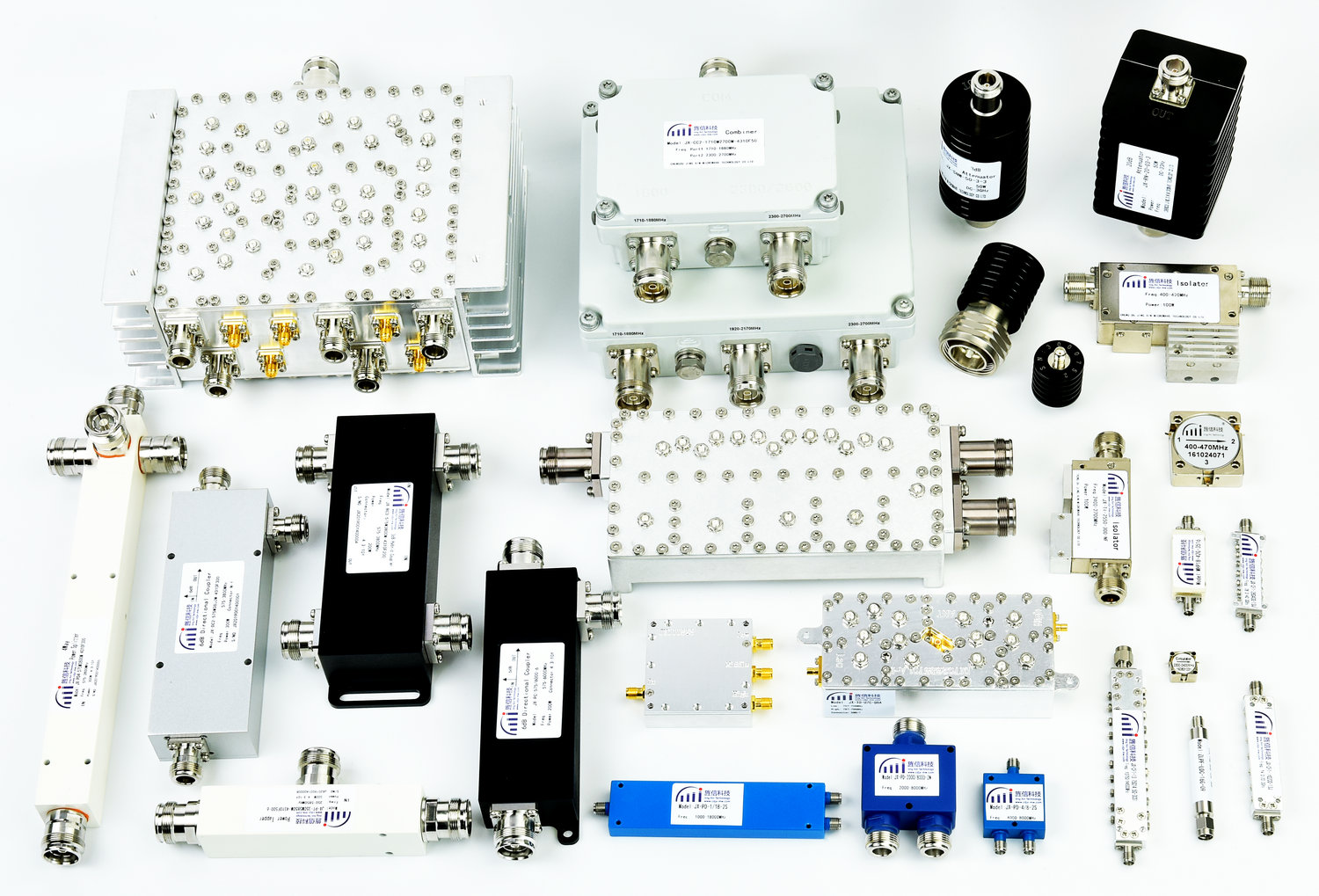In RF systems, active and passive devices are often used, so what are active devices, what are passive devices, and what are the differences between them?
(i) Definition:
An active component must be operated with a power supply inside it.
A passive component is operating without any form of power inside it.
Frankly, those devices that require an energy (electric) source are called active, and devices that do not require an energy (electric) source are passive.
(ii) Basic features:
Active devices: consume power, in addition to the input signal, and must have an additional power supply in order to work properly.
Passive devices: consume electricity on their own, or convert it into different forms of other energy. Simply input the signal and it does not require any additional power supply to function properly.
(iii) 5G applications
Active and passive devices are also widely used in today's 5G applications, such as:
Active devices: RF amplifiers, RF switches, RF phase shifters, and phase spinners, RF limiters and detectors, RF programmable attenuators, RF noise sources, RF oscillators
Passive devices: power dividers, diplexers, duplexers, fixed attenuators, terminals/loads, filters, directional couplers, tappers, waveguides, circulators, isolators, etc.
We, Jing Xin Microwave, are dedicated in design and manufacturing passive components with a wide range of standard and custom-design components with the leading performance from 50MHz to 50 GHz. Through more than 10 years of continuous innovation, we are able to keep providing RF solutions with professional optimization to international customers. Especially for the 5G solution, there are various kinds of passive components available. More information is referenced on the product list.
Hope you may find what you’re looking for, if not, we also provide customization with your drawing.
Post time: Sep-03-2021






